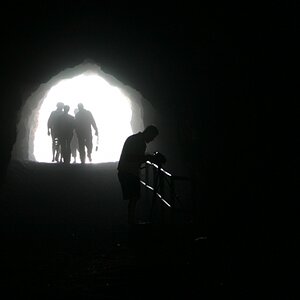NedM
No longer a newbie, moving up!
- Joined
- Jan 6, 2014
- Messages
- 390
- Reaction score
- 64
- Location
- USA
- Can others edit my Photos
- Photos OK to edit
So, today I bought myself another APS-C sensor body. Canon 550D to be exact.
I know these cameras have a 1.6x crop sensor.
Questions is:
When I mount an EF lens onto a APS-C sensor camera, such as the Canon 550D or 600D. Let's say a 24mm 2.8 for conversation's sake. Are EF lenses designed so that I will be seeing the true 24mm focal length or would it be cropped because of the 1.6 crop?
I know these cameras have a 1.6x crop sensor.
Questions is:
When I mount an EF lens onto a APS-C sensor camera, such as the Canon 550D or 600D. Let's say a 24mm 2.8 for conversation's sake. Are EF lenses designed so that I will be seeing the true 24mm focal length or would it be cropped because of the 1.6 crop?


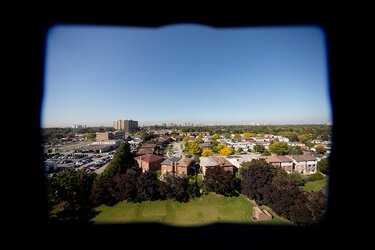
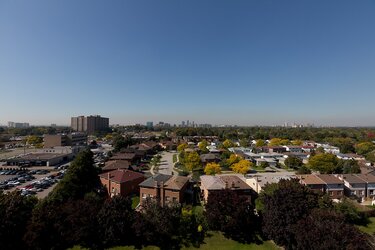
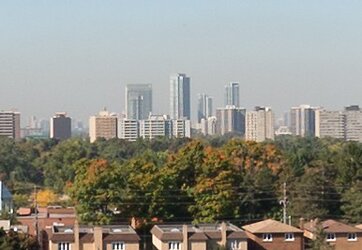
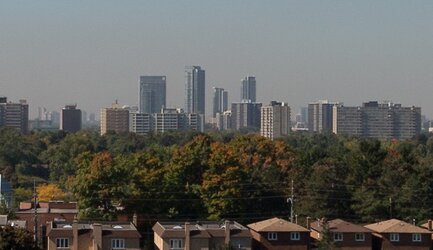
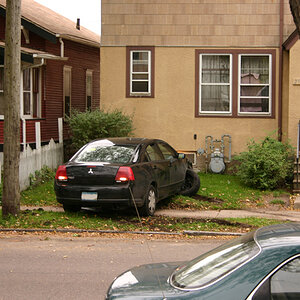


![[No title]](/data/xfmg/thumbnail/37/37605-90c8efaef5b7d1f52d4bf8e7dfd33673.jpg?1619738148)
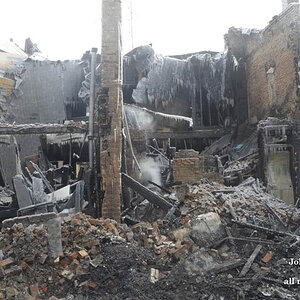
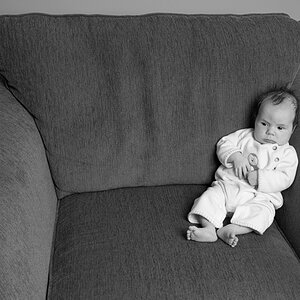

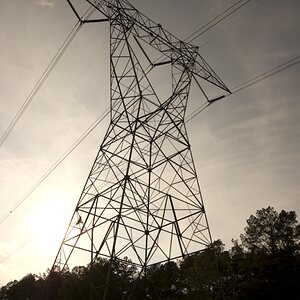
![[No title]](/data/xfmg/thumbnail/31/31748-63241c520f250328a5ec32959b8f53d0.jpg?1619734989)


